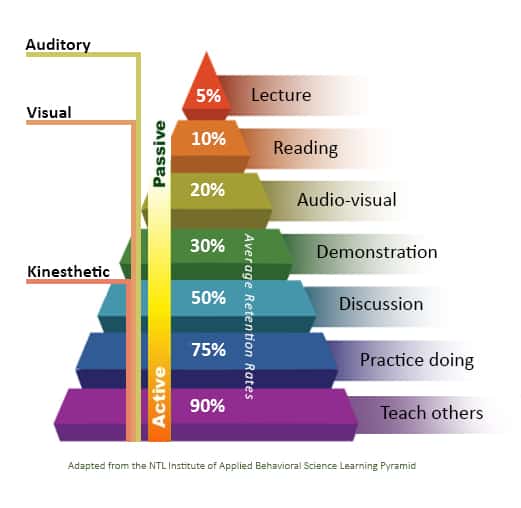The Science of How Games Help Us Learn and Retain Information Faster and Longer?
For years now, I have been building and utilizing games and activities in the classroom as a primary motivator to engage students and help them experience the learning. I've been doing this because ever since I learned the taxonomies of how adults learn with head, hands and heart, I have held an overwhelming belief that adults need stimulation for engagement. This forces participation, thereby increasing inclusion and finally and importantly, retention of the content.
I am not outright suggesting bringing a board game like Monopoly into the classroom as it is, but if the concepts can be translated into the subject material, it could work. Many games throughout our lives have taught us concepts, motor skills, stress management, strategy, and teamwork in a fun way. When not gambling, games that centralize luck as part of the primary driver, are more for little children that are learning the motions of gameplay. As strategy and options are introduced into the game, it becomes more engaging and players feel way more in control of the outcome. Doesn't that sound like a good recipe for learning?
The Learning Pyramid

"The Learning Pyramid model suggests that some methods of study are more effective than others and that varying study methods will lead to deeper learning and longer-term retention."
One of my favorite ways to explain how people learn is by using the pyramid. Kinesthetic learning is notably more invasive and gets students to feel the experience, instead of watching or hearing someone talk about it. Games are the short cut to "practice doing" in a classroom environment. I've never forgotten one of the most impactful things a nuclear instrument and controls technician told me (note that role requires dozens and dozens of annual training) - here's what that conversation went like:
Me: "What is the best type of training you've ever had?"
Tech: "Any training that shows me how to do something and then lets me try to do it."
That may seem simplistic, but the concept is authentic and ideally resonates with all students and instructors. I listened deeply to this answer. I've written in the past about near and far training with near representing exactly what the trainee will be doing, and far representing a more conceptual training where the lessons learned are up to the learner to employ on the job. Too many educators believe there are learning styles to accompany certain learner personalities or for some other reason.
Why Learning Styles Aren't Really a Thing
It has been a long time belief by an overwhelming majority of educators that people have preferred learning styles depending on their unique individualism. The most common model being "VARK", and most commonly understood as "Visual, Auditory, Reading, and Kinesthetic". Did you know there are many sources that debunk this "myth" and that there has never been definitive proof, but on the contrary they have determined scientifically, that we all learn similarly, but have preferences and some have stronger abilities in these areas, but they still learn the same.
For more information on this you could check out:
Learning Styles Challenge (Up to $5,000!)
When you put yourself in the box as a certain style of learner, you may be harming yourself in the long run as this article beautifully emits: Why the Widespread Belief in 'Learning Styles' Is Not Just Wrong; It's Also Dangerous
For anyone wondering more about Learning Styles and who is perpetrating the belief that they do exist, here are a couple of articles - Note that this author completely disagrees with the premise, but totally support that learners have preferences (we all do):
The Need for Enriched Training Environments
It's not just a fact that creating engagement helps the learning process, this quote reminds us how important it is to have an enriched training environment:
"The field of neuroandragogy demonstrates that there is empirical evidence for the use of enriched environments, and that without them, your students may not be actually learning. To meet the needs of today’s adult learner, we must utilize the science of how the brain learns to inform our instructional strategies if we truly care that our students learn."
Click here for the rest of "How the Adult Brain Learns: The Importance of Creating Enriched Environments When Teaching"
Putting It All Together
Hands down - games, environments, and activities do facilitate learning . The content could still be near or far, but at least you feel closer to experiencing the learning. Playing games that involve the player learning something new, or experiencing objectives (learning or performance) truly enrich the learning environment. Assuming everyone gets to play, you still have to consider learning for those not interested in participating. Everyone needs a role for inclusion, and nobody can claim with empirical evidence that they only learn in a particular way.
